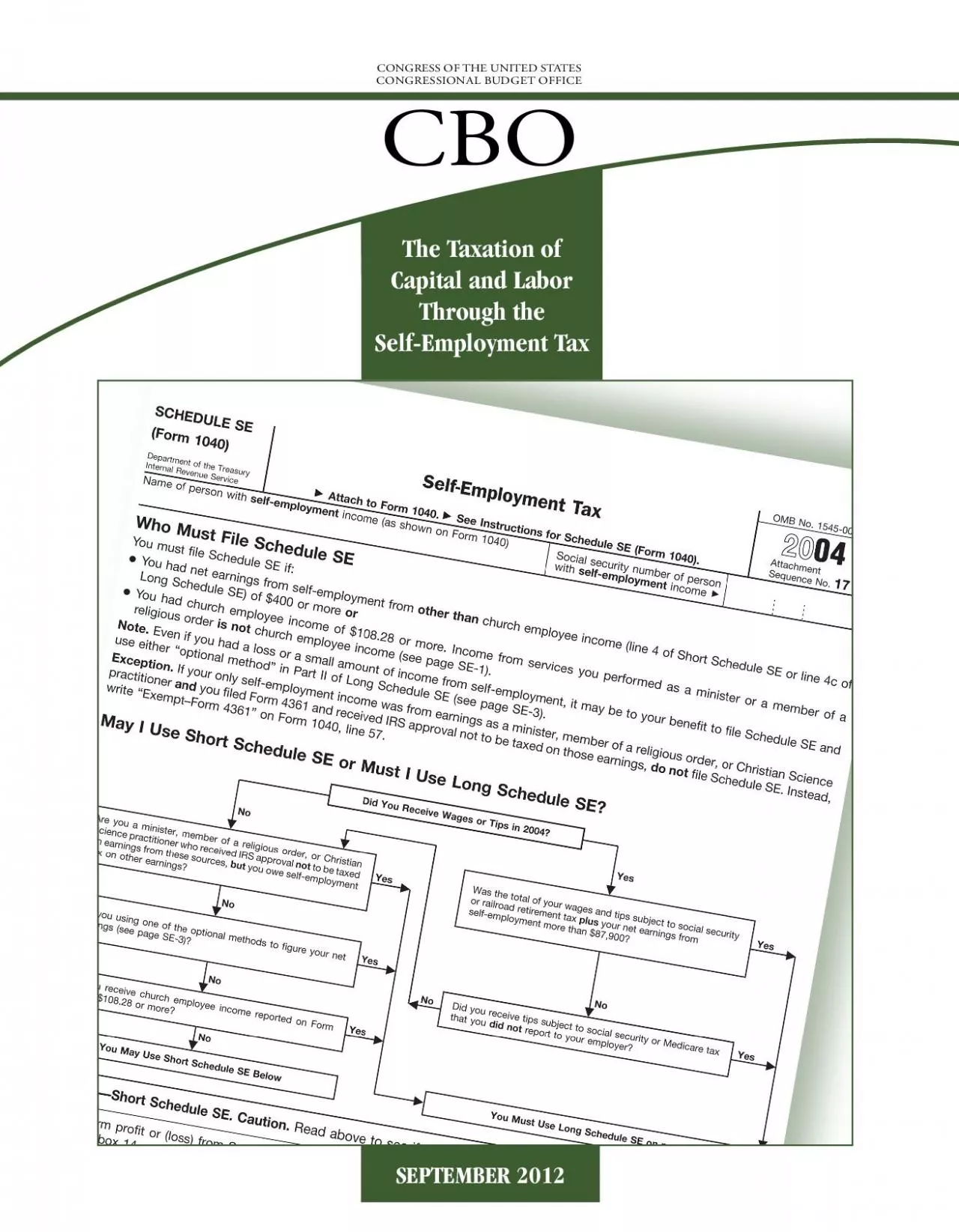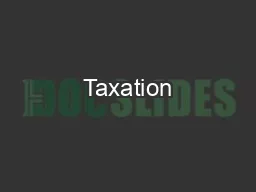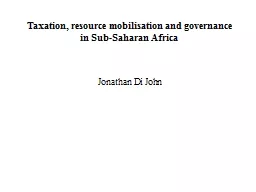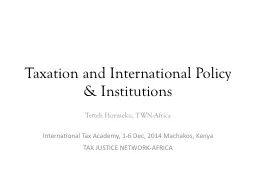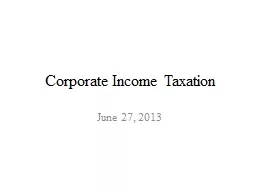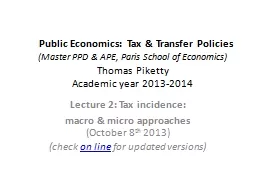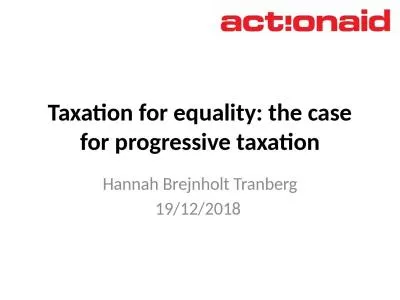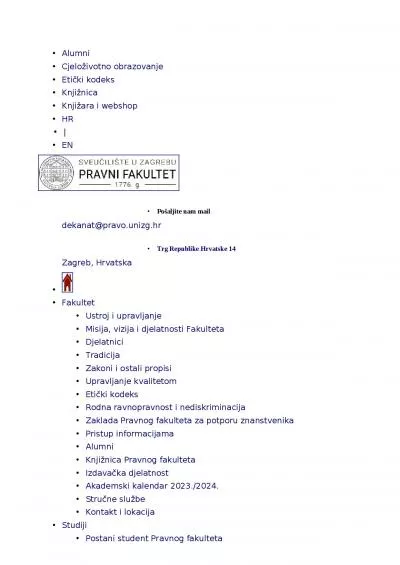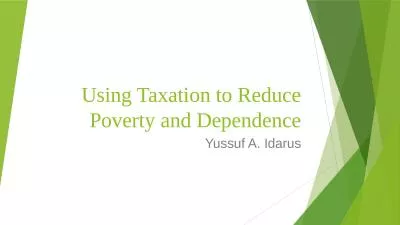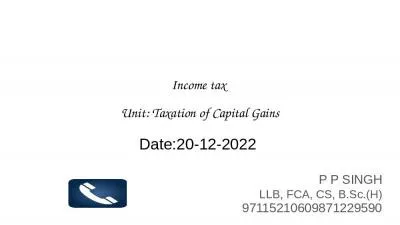PDF-THE TAXATION OF CAPITAL AND LABOR THROUGH THE SELFEMPLOYMENT TAX
Author : piper | Published Date : 2021-09-02
CBOContinuedHow the Number of Owners Affects Incentives to Mischaracterize Labor Income Under a Reasonable Compensation StandardIncome of Owners of a TwoPerson S
Presentation Embed Code
Download Presentation
Download Presentation The PPT/PDF document "THE TAXATION OF CAPITAL AND LABOR THROUG..." is the property of its rightful owner. Permission is granted to download and print the materials on this website for personal, non-commercial use only, and to display it on your personal computer provided you do not modify the materials and that you retain all copyright notices contained in the materials. By downloading content from our website, you accept the terms of this agreement.
THE TAXATION OF CAPITAL AND LABOR THROUGH THE SELFEMPLOYMENT TAX: Transcript
Download Rules Of Document
"THE TAXATION OF CAPITAL AND LABOR THROUGH THE SELFEMPLOYMENT TAX"The content belongs to its owner. You may download and print it for personal use, without modification, and keep all copyright notices. By downloading, you agree to these terms.
Related Documents

